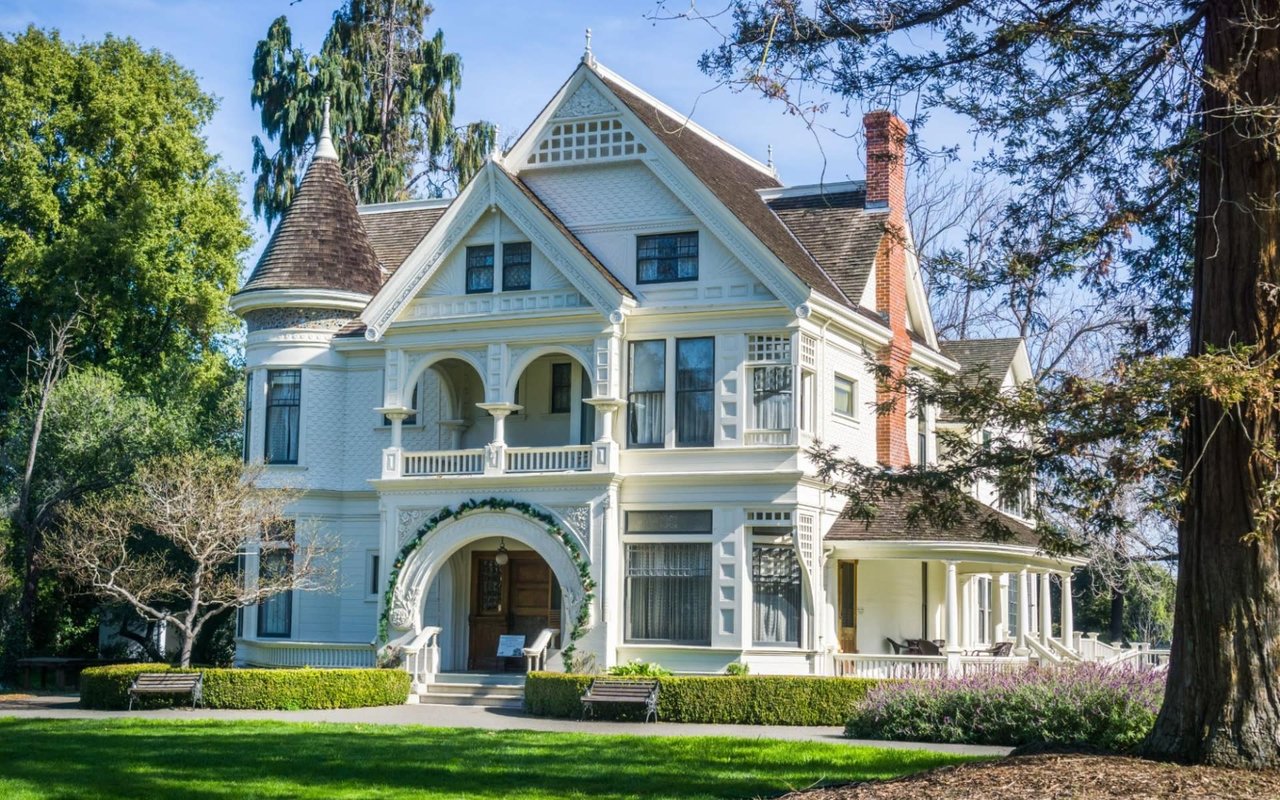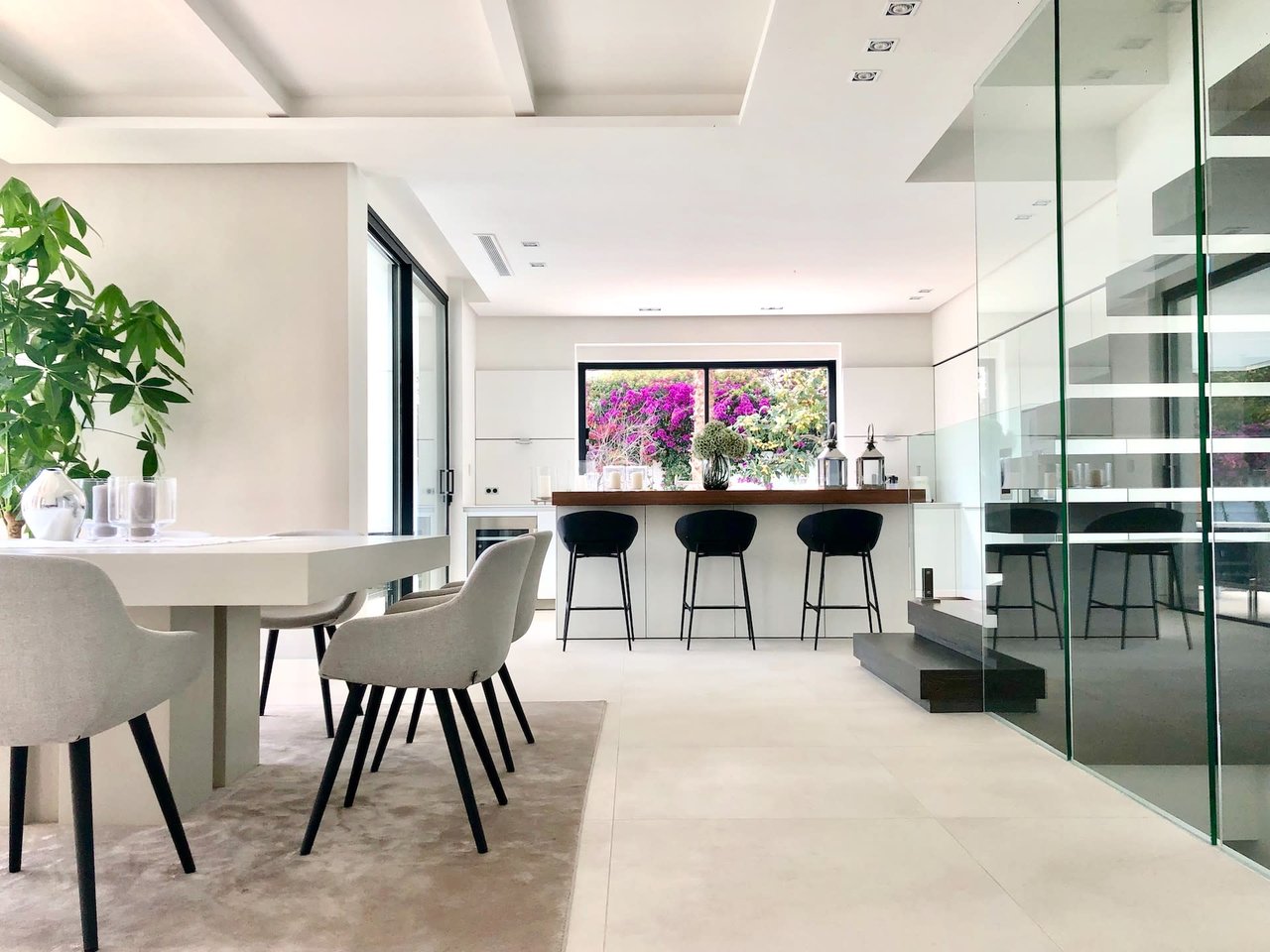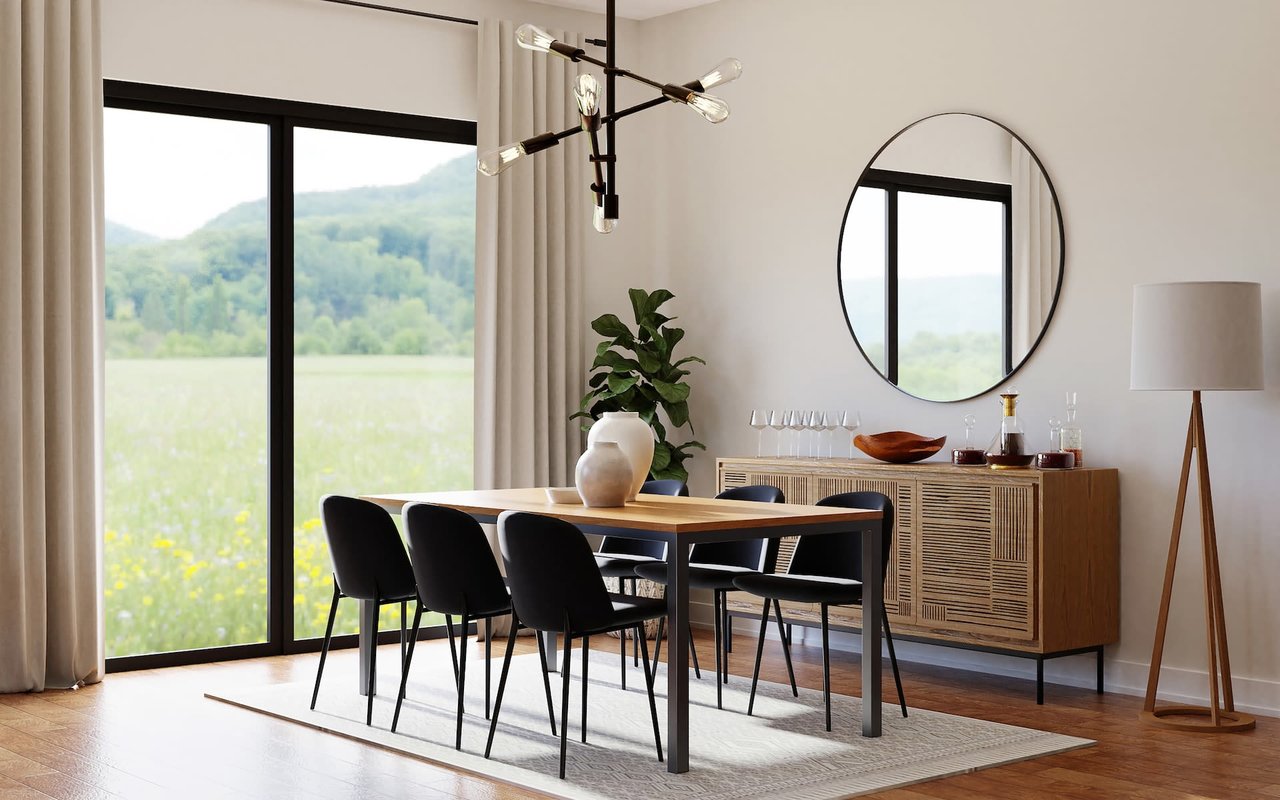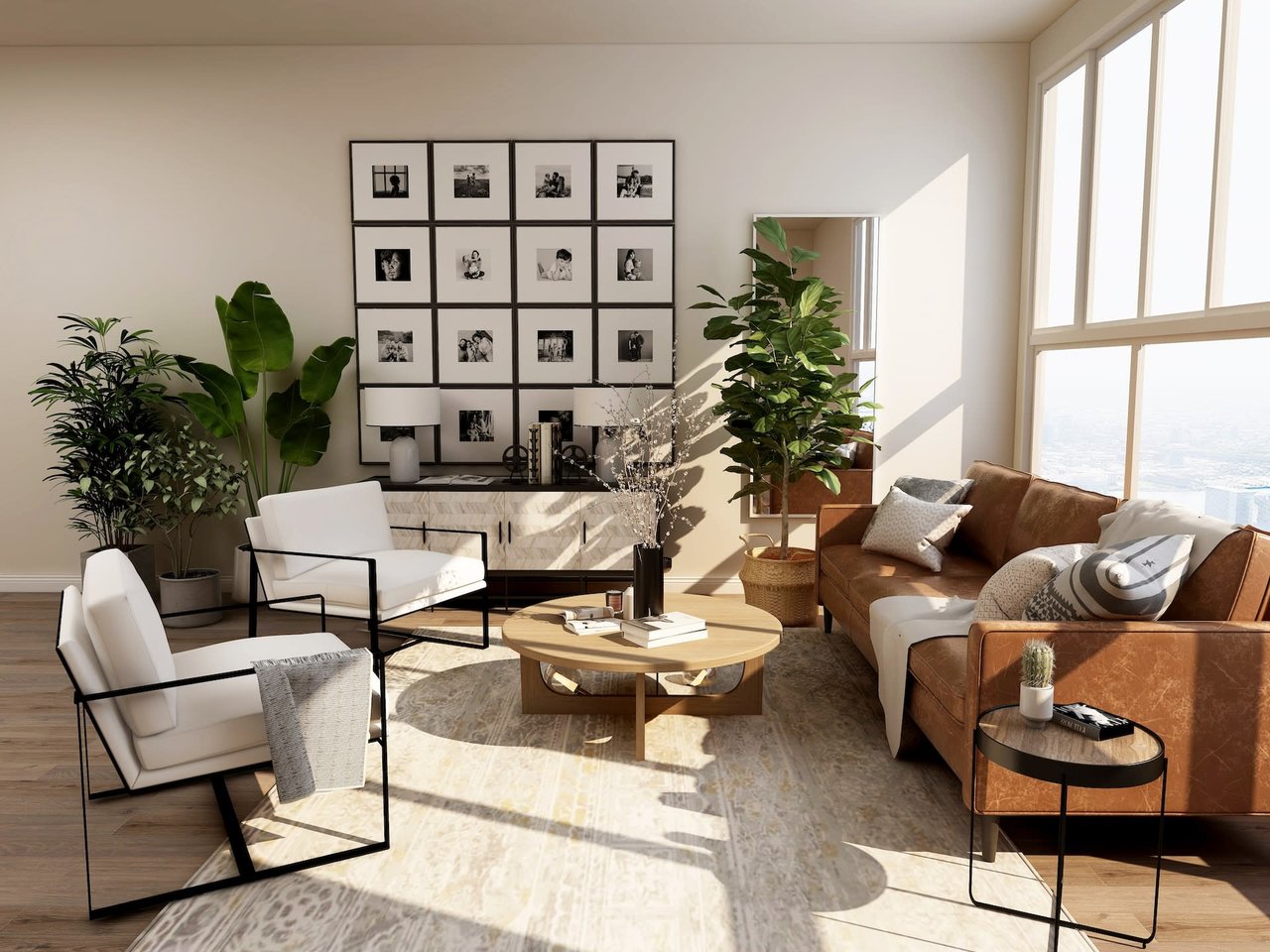The captivating city of Charlotte, North Carolina, flaunts a lively atmosphere that combines the convenience of a bustling metropolis with the charm of a southern town. Its economic prospects, amenities, and natural beauty impress a sense of luxury and elegance upon its residents and homebuyers.
Ballantyne is an upscale neighborhood in southern Charlotte that encapsulates the spirit of this prosperous city, with quiet tree-lined streets and spacious luxury residences. Ballantyne’s architectural authenticity and historical significance make it a shining example of the city's varied urban landscape. Marked by their elegance and sophistication, Ballantyne homes are designed with the needs of modern families in mind. The most prominent architectural styles in Ballantyne include the following.
The elegant aesthetics of Colonial Revival architecture
The Colonial Revival style holds a significant presence in this upscale neighborhood. With formal entrances that pay meticulous attention to detail, these homes exude a timeless sense of tradition and elegance. The exteriors typically feature classic elements, such as columns, pediments, and multi-pane windows. Brick or clapboard siding adds a touch of grandeur. The spacious interiors have well-defined rooms graced with traditional woodwork and intricate finishes. Many of these homes boast hallways and living areas that reflect the architectural preferences of the past. This style remains a favorite among Ballantyne's residents as it connects them to its historical roots.
The Victorian-era architectural gems
This style emerged and flourished during the reign of Queen Victoria, spanning from the mid to late 19th century. Properties in this style are characterized by unique designs that boast asymmetrical facades, vibrant colors, wrap-around porches, and intricate detailing, such as elaborate spindlework, decorative gables, and turrets, that all contribute to a distinctive charm. Stepping inside, you'll find high ceilings, bay windows, stained glass, and intricately carved woodwork. Victorian architecture in Ballantyne showcases a range of sub-styles, including Italianate and second empire, each with a unique character. Their beautiful and imposing structures allow residents to appreciate the craftsmanship and artistic expression of a past era.
The modernist style: a departure from historical homes
The modernist architectural style emerged in the early 20th century and took off after World War I, providing a departure from traditional architectural ornamentation. Open and airy spaces, flat roofs, large windows, and natural materials characterize its innovative designs.
Ballantyne's architectural landscape embraces this design, particularly in regions close to Charlotte's downtown area. Ballantyne homes in this style typically feature open floor plans with galley kitchens that boast sleek cabinetry and countertops. The integration of glass facades and large windows provides plenty of natural light, creating a bright interior. These homes also have hardwood floors and understated furniture that add a fresh touch of sophistication to the decor. Residents who choose to live in modernist homes enjoy a sharp contrast to the traditional architectural styles surrounding them.
Craftsman homes feature the principles of the Arts and Crafts movement
Craftsman homes on the Ballantyne real estate landscape typically feature low-pitched roofs with wide overhangs, exposed rafter tails, and inviting front porches supported by square columns or piers. The exteriors often showcase a combination of alluring materials, such as stone, shingles, and stucco. The interior features open floor plans, cozy fireplaces, built-in cabinetry, and an emphasis on handcrafted details. The use of natural wood, including oak and cedar, is prevalent in the interior finishes, from hardwood floors to coffered ceilings.
Tudor revival homes: the timeless beauty of the middle ages
Inspired by medieval English architecture, this unique home style is distinctively marked by its cozy and intimate interior spaces with beamed ceilings, stone fireplaces, and timber accents. The facades are marked by steeply pitched roofs, decorative half-timbering, tall chimneys, and brick and stone masonry accents, creating a visually appealing contrast. Intricate details, such as decorative brickwork and leaded glass windows, also add a sense of charm to these homes. The Tudor Revival style exemplifies a sense of nostalgia, transporting residents to the splendor of the past.
Contemporary homes: a continuation of today's architectural trends
This ultra-modern and highly defining style reflects the neighborhood's forward-thinking mindset. Contemporary architecture is characterized by its emphasis on innovation and sustainability through the integration of technology and cutting-edge designs that push the boundaries of creativity. These structures prioritize energy efficiency, often incorporating features like smart technology. They also feature geometric shapes and clean lines that harmoniously transition between indoor and outdoor spaces. The presence of flexible floor plans enhances adaptability to the needs of modern living, accommodating the changing dynamics of the city's residents.
Adaptive reuse: historical structures with modern upgrades
Ballantyne's architectural landscape celebrates adaptive reuse, breathing new life into old structures and preserving the neighborhood's rich heritage. Adaptive reuse projects honor the original character of the buildings while adapting them to modern needs. The styles of these repurposed structures vary, depending on their historical context. Brick and timber are common materials found in these buildings, showcasing their industrial past. Open floor plans, exposed brick walls, high ceilings, and large windows are often retained, creating unique and inviting spaces that blend with modern furnishings.
Homes that have undergone adaptive reuse also feature contemporary kitchen and bathroom designs, updated lighting and plumbing systems, and convenient amenities, such as walk-in closets. The introduction of modern features is a welcome change from the traditional architectural styles that have characterized the neighborhood for many years.
Explore the opulence of Ballantyne real estate
Ballantyne's gorgeous blend of architectural styles and the stunning homes they foster provides an excellent example of how the city has developed over time. Whether it's Victorian homes or contemporary designs, the neighborhood's architecture provides homebuyers with a wealth of choices.
If you are hoping to invest in the Ballantyne housing market, work with Pamela Roberts, a knowledgeable Ballantyne Realtor who knows how to get results. Pamela has been guiding clients to amazing properties for over eight years. You could be next! Contact Pamela today to embark on your real estate journey.
*Header photo courtesy of Shutterstock




